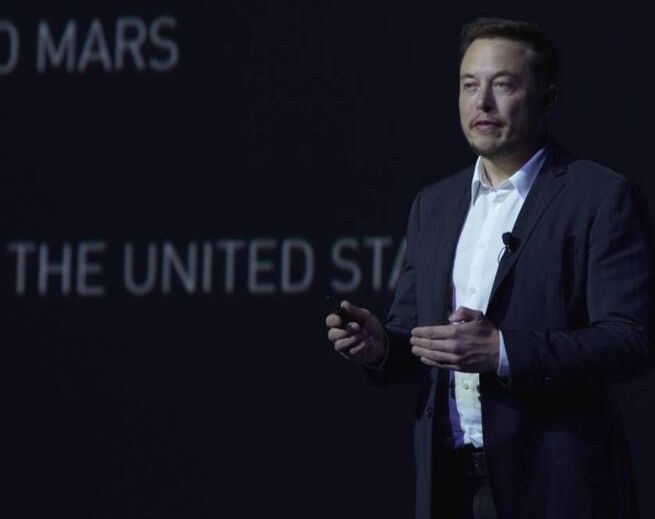
Category: Elon Musk


The Rise of SpaceX
The Rise of # SpaceX Elon Musk’s Engineering Masterpiece.

What is Elon Musk’s Starship?
Elon Musk’s company SpaceX is building a vehicle that could transform space travel.

Elon Musk Is Taking Tesla Beyond Rivals: Long-Term, Big-Picture Thinking
Anyone who has followed the career of Elon Musk knows that he formulated a set of goals many years ago, and has worked tirelessly and methodically to reach those goals, a process that he knew would take years or decades. Even casual observers are familiar with Tesla’s Master Plan, a three-part strategy to bring a mid-priced EV to the mass market.



Humans could merge with AI through this specialized polymer
Elon Musk’s Neuralink has a straightforward outlook on artificial intelligence: “If you can’t beat em, join em.” The company means that quite literally — it’s building a device that aims to connect our brains with electronics, which would enable us, in theory, to control computers with our thoughts.
But how? What material would companies like Neuralink use to connect electronics with human tissue?
One potential solution was recently revealed at the American Chemical Society’s Fall 2020 Virtual Meeting & Expo. A team of researchers from the University of Delaware presented a new biocompatible polymer coating that could help devices better fuse with the brain.

Elon Musk is now the richest person in the world, passing Jeff Bezos
Elon Musk just became the richest person in the world, with a net worth of more than $185 billion.
Thursday’s increase in Tesla’s share price pushed Musk past Jeff Bezos, who had been the richest person since 2017 and is currently worth about $184 billion. Musk’s wealth surge over the past year marks the fastest rise to the top of the rich list in history — and is a dramatic financial turnaround for the famed entrepreneur who just 18 months ago was in the headlines for Tesla’s rapid cash burn and his personal leverage against the company’s stock.
Musk started 2020 worth about $27 billion, and was barely in the top 50 richest people.


Making methane on Mars
“The process of creating methane-based fuel has been theorized before, initially by Elon Musk and Space X. It utilized a solar infrastructure to generate electricity, resulting in the electrolysis of carbon dioxide, which, when mixed with water from the ice found on Mars, produces methane. This process, known as the Sabatier process, is used on the International Space Station to produce breathable oxygen from water. One of the main issues with the Sabatier process is that it is a two-stage procedure requiring large faculties to operate efficiently. The method developed by Xin and his team will use anatomically dispersed zinc to act as a synthetic enzyme, catalyzing the carbon dioxide and initializing the process. This will require much less space and can efficiently produce methane using materials and under conditions similar to those found on the surface of Mars.”
Among the many challenges with a Mars voyage, one of the most pressing is: How can you get enough fuel for the spacecraft to fly back to Earth?
Houlin Xin, an assistant professor in physics & astronomy, may have found a solution.
He and his team have discovered a more efficient way of creating methane-based rocket fuel theoretically on the surface of Mars, which can make the return trip all more feasible.